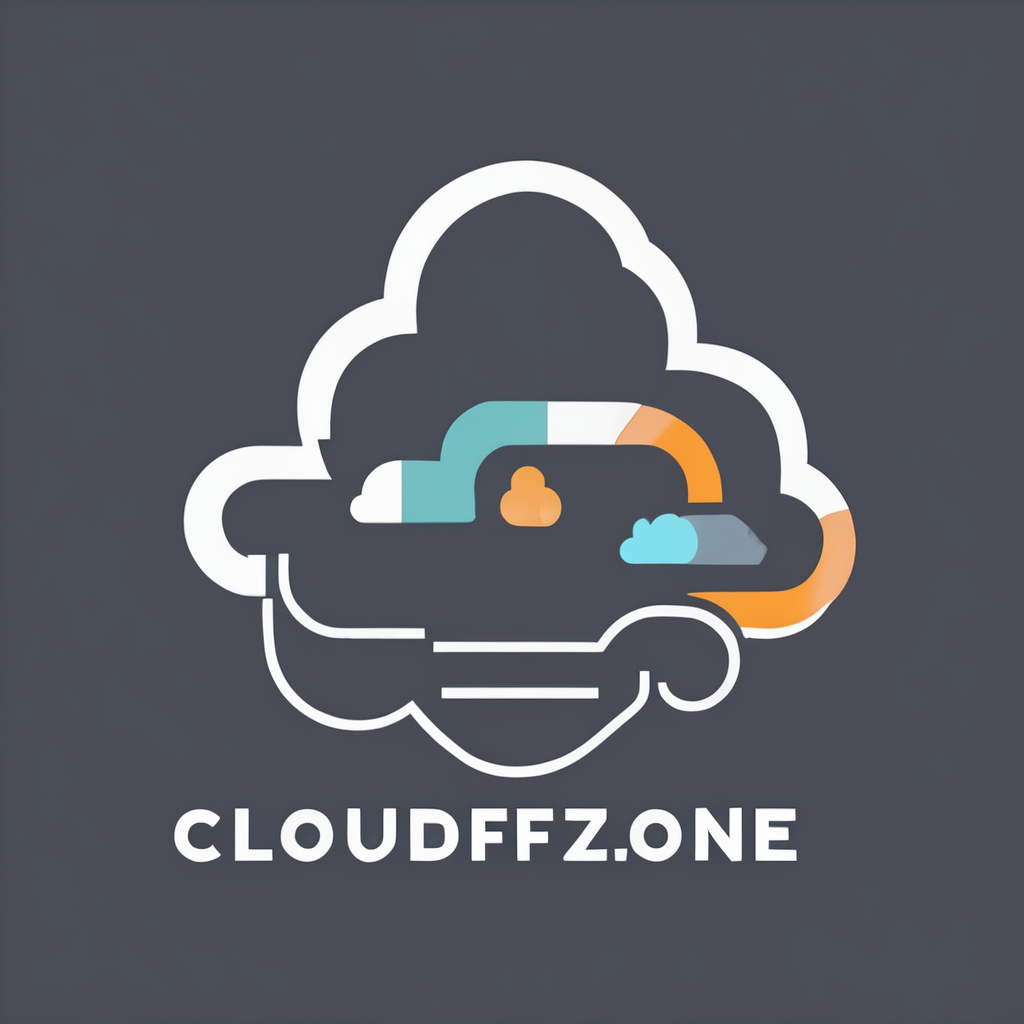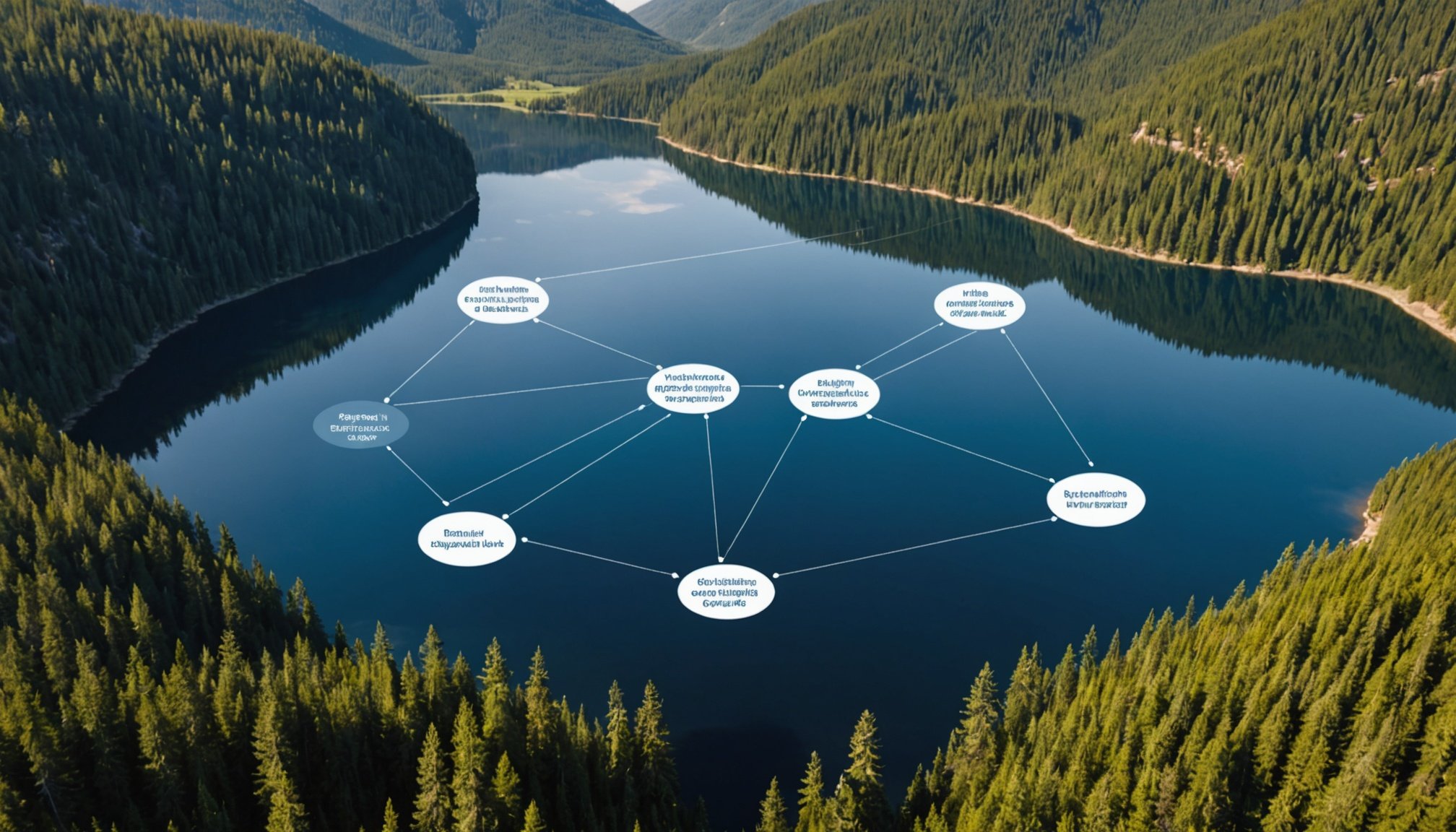Overview of Data Lake Architecture
A data lake architecture is designed to store large volumes of raw, unstructured data in a scalable and flexible manner. It allows enterprises to ingest and process diverse data types including logs, media, and IoT data without significant preprocessing. This architecture provides an open-ended data storage solution, enabling organisations to perform advanced analytics, big data processing, and machine learning.
Unlike traditional data warehouses that store structured data in a pre-defined schema, data lakes can hold a mix of structured and unstructured data, which offers greater versatility. The key difference lies in how they manage scalability and flexibility; scalable data solutions ensure that as data volumes grow, the infrastructure can adapt without significant performance loss.
Also read : Revolutionizing healthcare diagnostics: cutting-edge approaches to real-time ai integration
Security in data lakes is paramount to protect sensitive information. Modern practices involve robust access controls, encryption, and continuous monitoring to safeguard data integrity and confidentiality. Ensuring security in data lakes involves implementing a multi-layered approach to defence, mitigating risks of unauthorised access or data breaches. By leveraging these protective measures, organisations can maintain the trustworthiness and resilience of their data operations.
Data Integration Strategies
Data integration is a crucial component in managing today’s complex data environments, bringing together disparate data sources to create a unified view. Understanding the ETL processes (Extract, Transform, Load) and various data ingestion techniques is essential for optimizing data workflows.
Have you seen this : Building a secure and efficient distributed ledger system for trustworthy financial transactions
Batch Processing
Batch processing involves collecting data over a period and processing it all at once. This technique is particularly useful for handling large volumes of data without interruptions and ensures accuracy through comprehensive data sweeps.
Real-time Data Ingestion
Real-time data ingestion, as opposed to batch processing, handles data as it is generated, offering immediate availability. It’s beneficial for applications requiring instant insights, although it can stress system resources if not managed correctly.
Data Transformation Methods
Data transformation is a vital part of ETL processes, where raw data is converted into a usable format. Various ETL frameworks offer efficient data handling, each tailored for specific transformation needs. Key strategies include:
- Data Quality Checks: Essential during ingestion to ensure accuracy and reliability.
- Comparative Analysis: Batch vs. real-time, understanding which method aligns best with business needs.
- ETL Framework Utilization: Leveraging tools that offer flexibility and scalability.
Each method presents its advantages, but selecting the right approach hinges on the organization’s data demands and resources.
Storage Solutions for Data Lakes
In the vast world of data lakes, choosing the right data storage options is crucial to maximise efficiency and cost-effectiveness. Popular platforms such as AWS S3, Azure Blob Storage, and Google Cloud Storage offer object storage solutions that balance scalability and security. But how does one evaluate these options?
The key is to juxtapose storage costs with performance needs. Often, AWS S3 is spotlighted for its cost-effectiveness due to its pay-as-you-go model. Meanwhile, Azure Blob Storage can be optimal when integrated with other Azure services, serving as cost-effective storage for organisations already within the Azure ecosystem. It’s important to consider how frequently data will be accessed, as some providers offer tiered pricing based on access frequency and latency requirements.
Scalability is another critical storage architecture consideration. Object storage is inherently scalable, but evaluating the compatibility with your data lake’s architecture ensures seamless growth without sacrificing performance. It is advisable to consider features like redundancy, data retrieval speed, and integration capabilities with existing tools.
Ultimately, selecting an ideal storage solution involves a comprehensive assessment of current and future data needs, budget constraints, and expected workload fluctuations. Balancing these factors leads to an optimised, robust data lake.
Scalability Strategies
In the realm of data management, ensuring systems are ready for growth is paramount. Striking a balance between horizontal and vertical scaling is crucial as each offers unique benefits.
Horizontal Scaling Approaches
Horizontal scaling involves adding more machines to your server pool to accommodate increasing data demands. This strategy enhances performance and resilience, spreading the load across multiple servers. It’s commonly used in cloud-based solutions, where resources can be expanded dynamically.
Vertical Scaling Insights
Vertical scaling increases the capacity of a single server by adding resources like CPU, RAM, or storage. While it simplifies management, there’s a limit to how much a single machine can upgrade before hitting a bottleneck. As hardware improves, future-proofing through vertical scaling becomes a cost-effective option.
Designing for Growth
Techniques for scaling include distributed databases and load balancing to efficiently manage storage and computational loads. The primary trade-off between horizontal and vertical scaling lies in complexity versus cost. Anticipating future data growth is essential. By analyzing projected increases in data, adjustments can be made proactively to ensure systems remain robust and responsive over time.
Security Protocols
In today’s digital landscape, ensuring data lake security is paramount. Data lakes, a centralised repository for storing vast amounts of raw data, require robust security measures to protect sensitive information. One essential element is access control. This involves setting permissions to ensure that only authorised users can access specific data within the lake. Techniques like multi-factor authentication add an extra layer of security by requiring more than just a password for user verification.
Another critical aspect is data encryption. This ensures that data is unreadable without the correct decryption key. It’s crucial to implement encryption for both data at rest (stored data) and in transit (data being transferred). Data encryption safeguards information against unauthorised access and breaches, maintaining the confidentiality and integrity of your data.
By understanding and adopting these security measures, organisations can effectively protect their data lakes. Proper access control and encryption not only fortify the data from potential threats but also build trust with consumers by demonstrating a commitment to data privacy and security. Embracing these practices can help organisations navigate the complexities of data management securely.
Compliance Requirements
Navigating the landscape of data compliance involves adhering to various regulatory standards. To ensure robust data governance, businesses should integrate comprehensive compliance measures tailored to their operational needs. By understanding and implementing these frameworks, organisations can protect data effectively.
GDPR Considerations
The General Data Protection Regulation (GDPR) offers a stringent set of rules for managing personal data within the EU. To meet GDPR standards, organisations must obtain explicit consent before collecting personal data, ensure data accuracy, and grant individuals access to their information. Non-compliance can result in hefty fines, motivating adherence to its protocols. Implementing GDPR involves regular audits, employee training, and leveraging technology to manage and protect data.
HIPAA Compliance
HIPAA (Health Insurance Portability and Accountability Act) sets the standard for protecting sensitive patient information in the US. Compliance requires safeguarding electronic health records (EHR) through encryption, access controls, and regular risk assessments. Organisations must train staff about policies to prevent data breaches. HIPAA compliance not only secures patient trust but also avoids legal penalties.
General Data Protection Best Practices
Adopting industry best practices can enhance data governance and ensure compliance. Key practices include:
- Conducting regular evaluations of data storage and usage.
- Ensuring transparency in data handling and maintaining clear policies.
- Utilizing encryption and anonymization techniques to secure data.
Real-world case studies reveal that businesses successfully navigating regulatory landscapes experience improved data reliability and stakeholder trust.
Best Practices for Data Lake Design
Designing a data lake with an emphasis on usability and accessibility is vital for effective data management. This approach ensures that users can easily interact with the data, enhancing operational efficiency by allowing quicker insights and decision-making. Organizing the data with clear structures aids in retrieval and usability.
A critical component in this design structure is the management of metadata and data cataloging. Metadata provides context, making it easier for users to understand the data’s origin, format, and use. An efficient data catalog acts as a map, helping users locate information quickly and fostering a comprehensive understanding of available data resources.
Regular performance monitoring is imperative for maintaining a high-functioning data lake. Employing optimization strategies ensures that the system not only meets current requirements but is also scalable for future demands. These strategies might include assessing query performance, optimizing storage, or updating data processing procedures.
Incorporating these data lake best practices will significantly enhance operational efficiency, making it manageable and providing enormous benefits across an organization. By prioritizing accessibility, robust metadata management, and consistent performance monitoring, organizations can navigate their data landscapes more effectively.











